UNESCO Memory of the World UK Register, 2022
/
UNESCO Memory of the World UK Register
June 10, 2022
In 2022 the collection of early English law codes preserved in a twelfth-century manuscript known as Textus Roffensis has been added to the UNESCO Memory of the World UK Register (see our press release). The register honours documentary heritage of national significance including the Death Warrant of King Charles I, Magna Carta and the Churchill Archives.
The manuscript known today as Textus Roffensis (‘the Rochester book’), compiled during the time of Bishop Ernulf of Rochester (1115-24), is without question one of the most important of all medieval British manuscripts. The first part of the manuscript, the focus of the nomination, is often described as a ‘legal encyclopaedia’ for it contains copies of many of the early medieval (pre-Conquest) laws that have come down to us, including those by Alfred the Great, Æthelstan, and Æthelred ‘the Unready’.
Uniquely, among collections of early English laws, Textus Roffensis contains copies of the seventh-century laws of the Kingdom of Kent, which represent the nascence of English written law. Moreover, the earliest of these, the law-code of King Æthelberht (c. 600), bears arguably the greatest cultural significance of any set of English laws, for it is the earliest datable text composed in English. Thus, it signifies the birth of English as a language of the page. As such it resonates deeply with many who today read and speak modern English. Furthermore, Textus Roffensis opens a unique window onto the lives of women, men and children, free and enslaved, rich and poor, during the first centuries of English history.
When not exhibited elsewhere, Textus Roffensis is often displayed free of charge in the Cathedral crypt.
Applications to the UNESCO Memory of the World UK committee for the nomination of documentary heritage to the register are required to provide a description of the documents, their context and significance. The significance of nominations are assessed against the criteria in terms of time, place, people, subject and theme, form and style and its social/spiritual/community significance. The following sections are a paraphrased copy of the application.
Context
As a whole, part 1 of Textus Roffensis, which contains the largest medieval collection of early English law codes written in the original Old English, attests to the evolving legal traditions of early medieval England, from Kent to Northumbria, which at the time incorporated parts of modern-day Scotland.
Starting in the fifth century, after the withdrawal of Roman forces from Britain, Germanic tribes subjugated the native Britons. They brought with them, most probably, a tradition of orally transmitted law, from which subsequent rulers of the conquering tribes – traditionally referred to as the kingdoms of ‘Anglo-Saxon’ England – established their written laws.
It was after the conversion to Christianity of King Æthelberht of Kent (c.550-616), around the turn of the seventh century, that the shift from an oral tradition to a written one began. This is documented in the only surviving copy of Æthelberht’s laws, found in the nominated documentary heritage, Textus Roffensis.
The opening of Æthelberht’s laws, Textus Roffensis, folio 1r.
The collection also preserves two sets of laws – one of which is unique to Textus Roffensis – by or attributed to William I (1066-1087). These provide important documentation of the early part of the Norman Conquest of England, a period in which continuation of pre-Conquest legal structures, rather than a rapid legal revolution, seemed to be most important to the Anglo-Norman kings.
The chronological order of the collected laws finishes in 1100 with the coronation charter of William I’s fourth son, Henry I (r. 1100-1135). The Textus Roffensis copy of this important historical document is particularly relevant as it is the oldest surviving copy. In it the new king promises to make a number of improvements to English law, removing unjust exactions and restoring the standard set by the law under King Edward (i.e., Edward the Confessor, r. 1041-1065). Because this charter also spells out the responsibilities and limits of the king toward the Church and the king’s noblemen, it has been interpreted as a precursor to Magna Carta of 1215.
It was in the early 1120s that Bishop Ernulf of Rochester, a keen jurist, probably commissioned the copying of the 35 early English laws that today form part 1 of Textus Roffensis. The manuscript’s anonymous scribe, a monk at Rochester’s Priory of St Andrew, evidently compiled and copied single-sheet originals and/or exemplars of the laws, and the remarkable care with which he executed Ernulf’s commission means he must have been a senior scribe.
We should probably be especially grateful to Ernulf for his appreciation of the history of Rochester Cathedral, as its founding in 604 was during the time of King Æthelberht, and thus likely explains why this particular king’s laws were preserved in Textus Roffensis whereas other Anglo-Norman collections ignored it. This attention to the earliest of all English laws means we have, in the nominated documentary heritage, the widest body of evidence from which both broad and profound insights into the lives of early medieval folk, from the seventh century to the turn of the twelfth century, can be made.
Successive kings built upon the laws of their predecessors, sometimes, as with the Domboc of Alfred the Great (r. 871-899), bringing to bear a larger and broader set of judgments than had been previously witnessed.
By the tenth century, it became common for kings to publish multiple, discrete sets of laws, as we see for example with King Æthelstan (r. 924-39), whose eight law codes, three of which are uniquely preserved in Textus Roffensis, provide us with documentary evidence for the initial emergence of a unified kingdom of the English (from 927).
Many of the laws in the collection preserved in Textus Roffensis relate to the so-called ‘Viking Age’ of Britain, during which time invading Danish (and other Norse) rulers were kings over most of the ‘Anglo-Saxon’ kingdoms or, when ‘Viking’ rule ended and a unified ‘England’ came into being, there was an almost constant threat of incursion from the ‘north men’. The latter is well documented through the laws of the infamous Æthelred ‘the Unready’ (r. 978-1013 and 1014-1016), two laws of whom are only extant in Textus Roffensis.
Our index of Textus highlights the early laws that are unique to the manuscript, i.e. those with no other surviving exemplars.
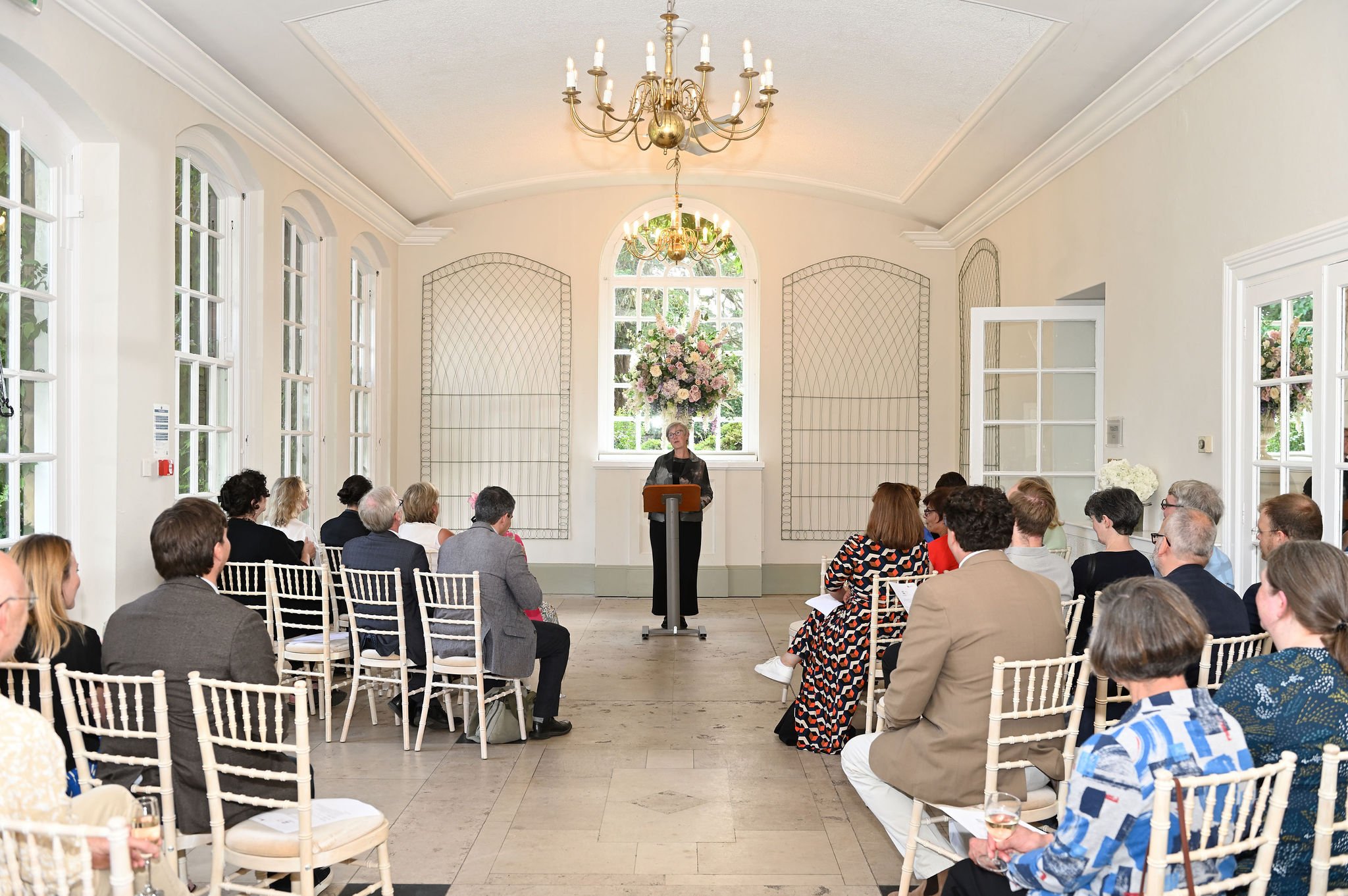
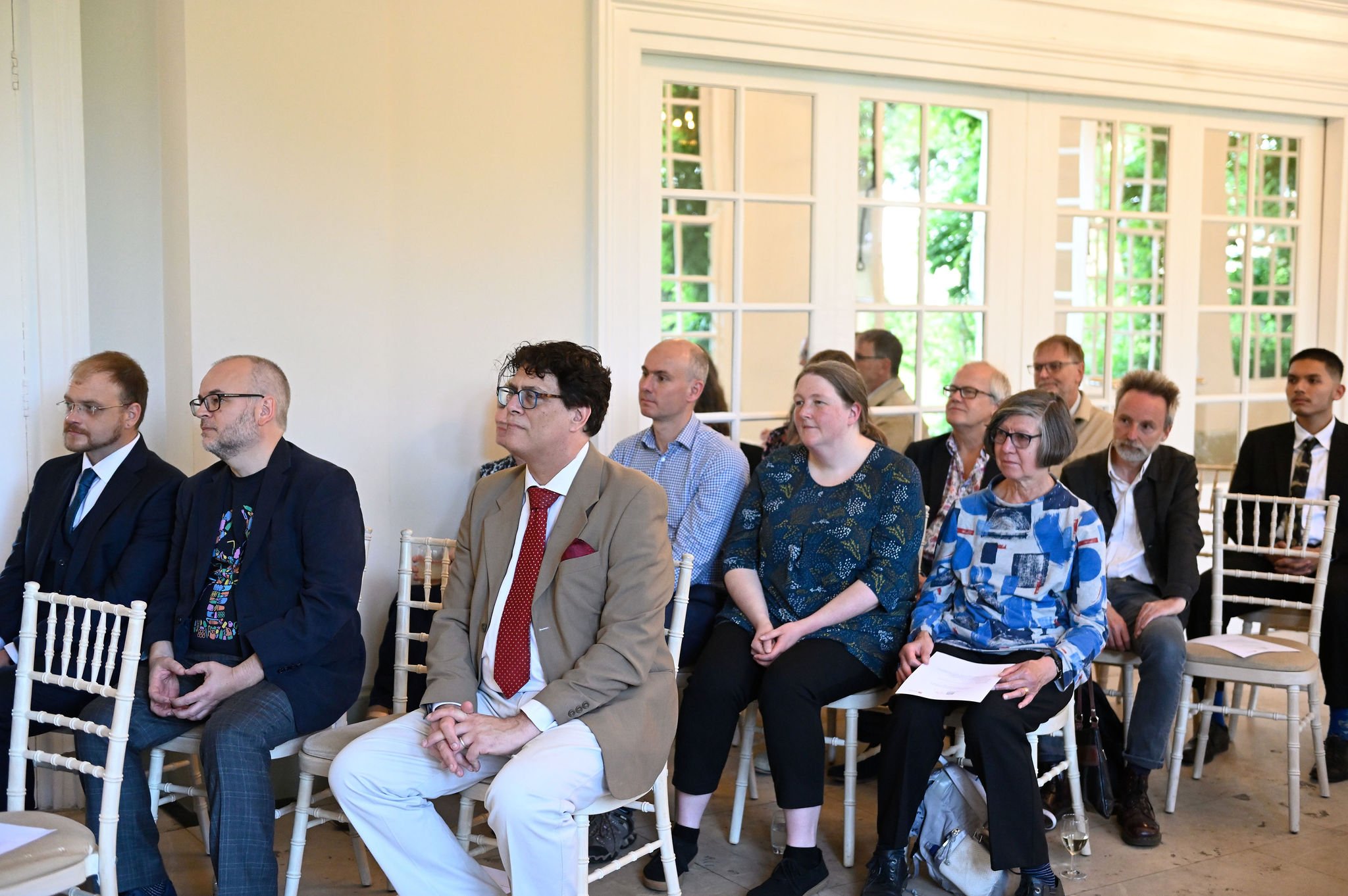
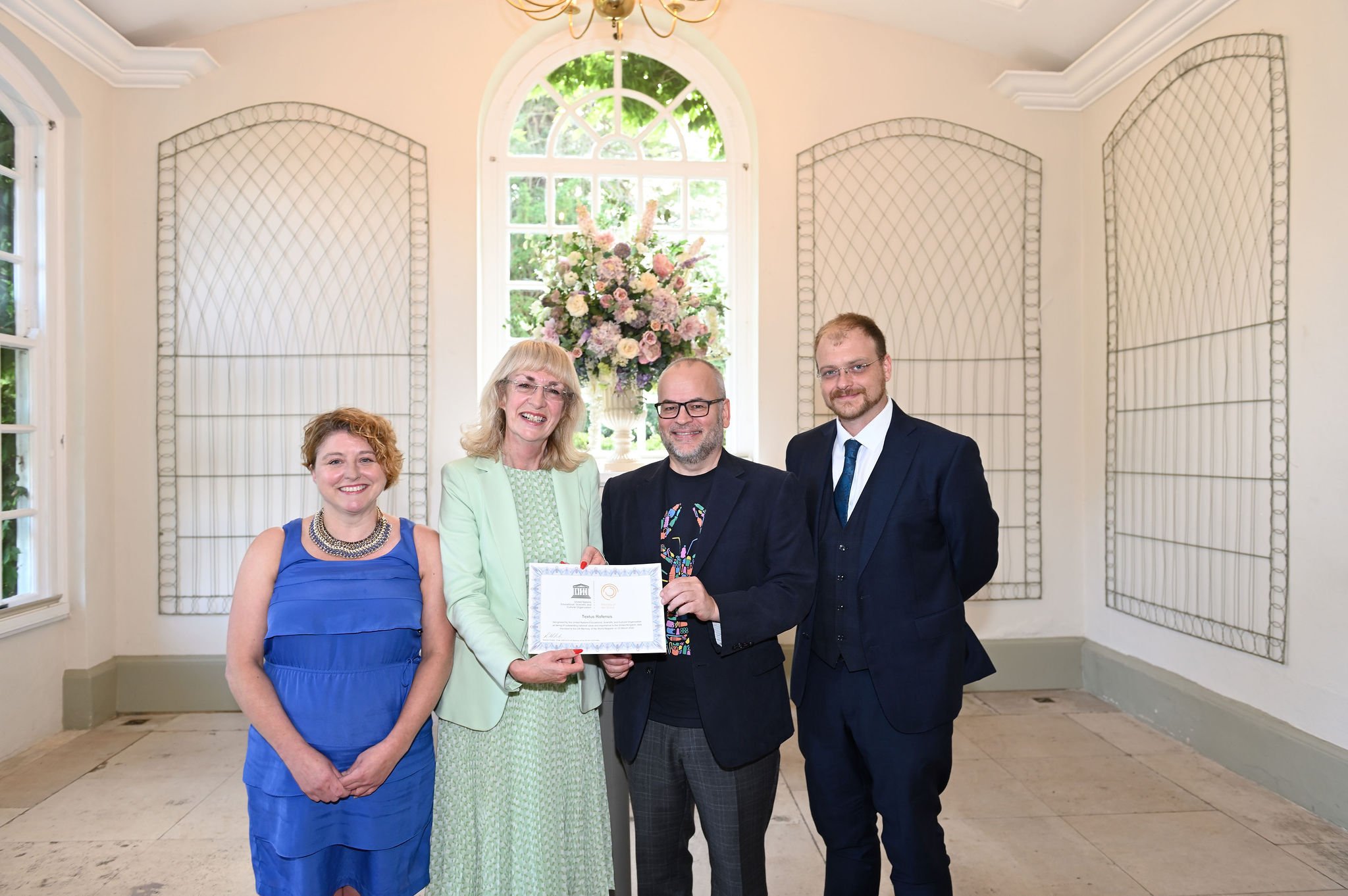
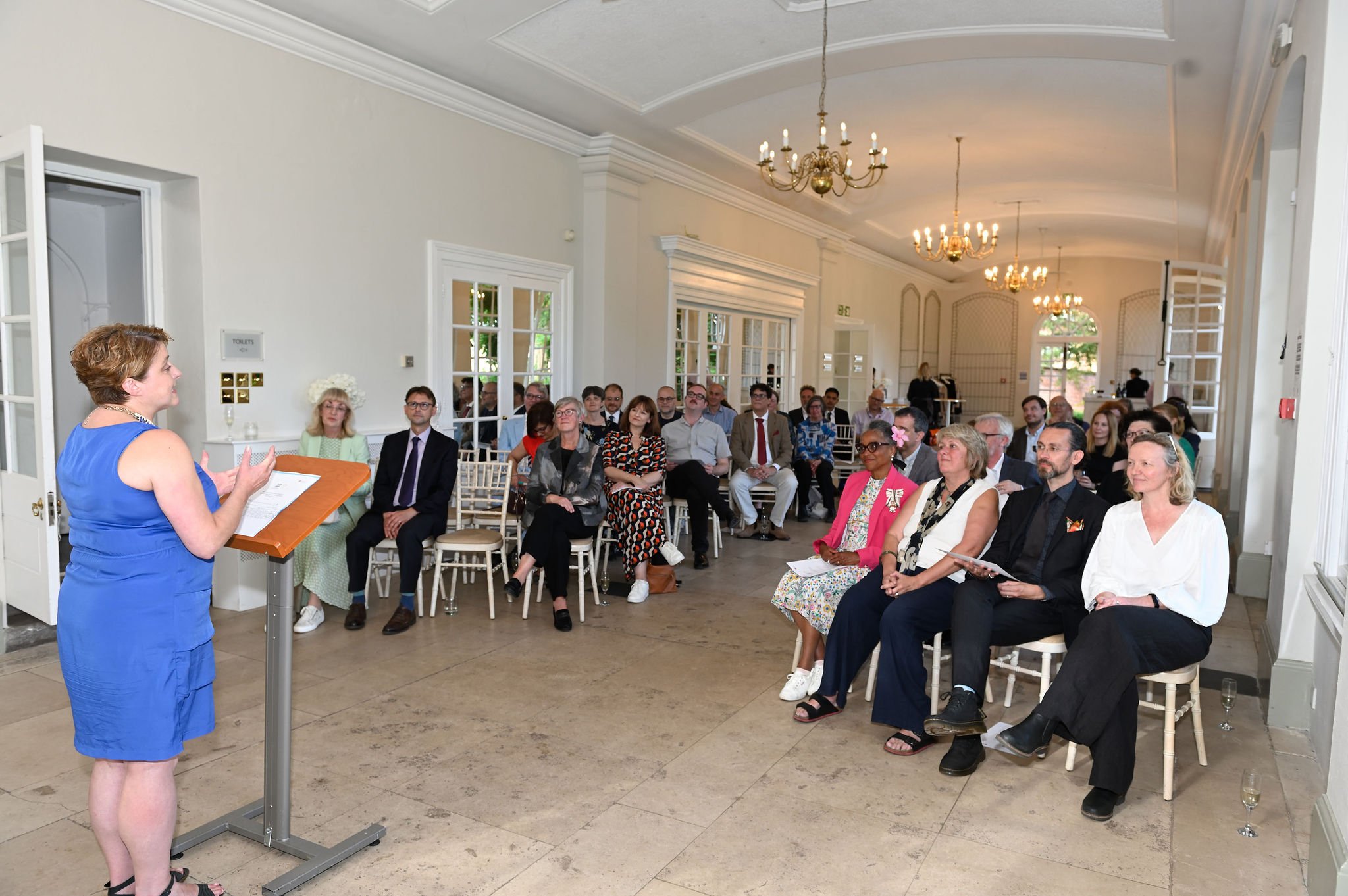

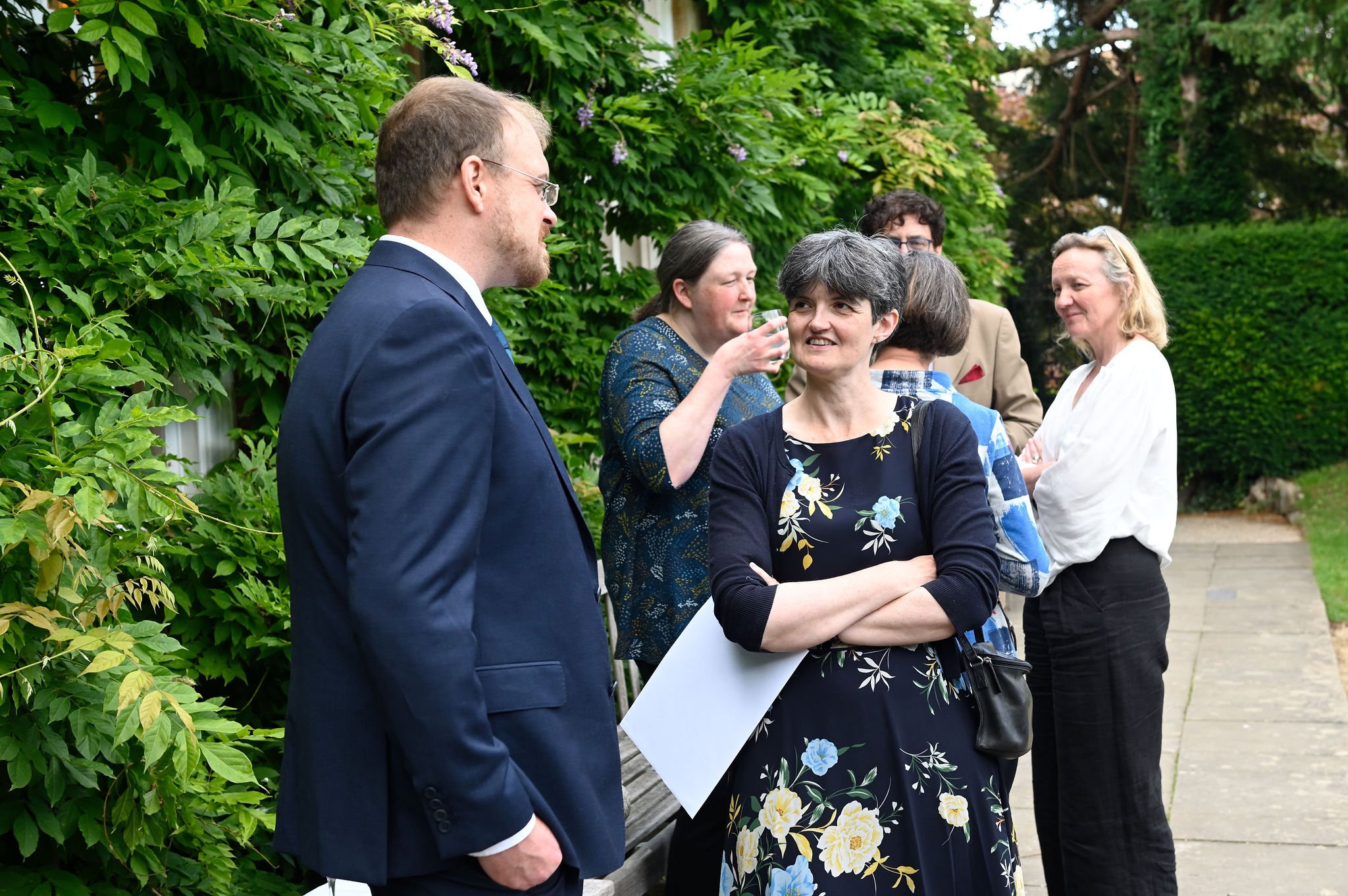
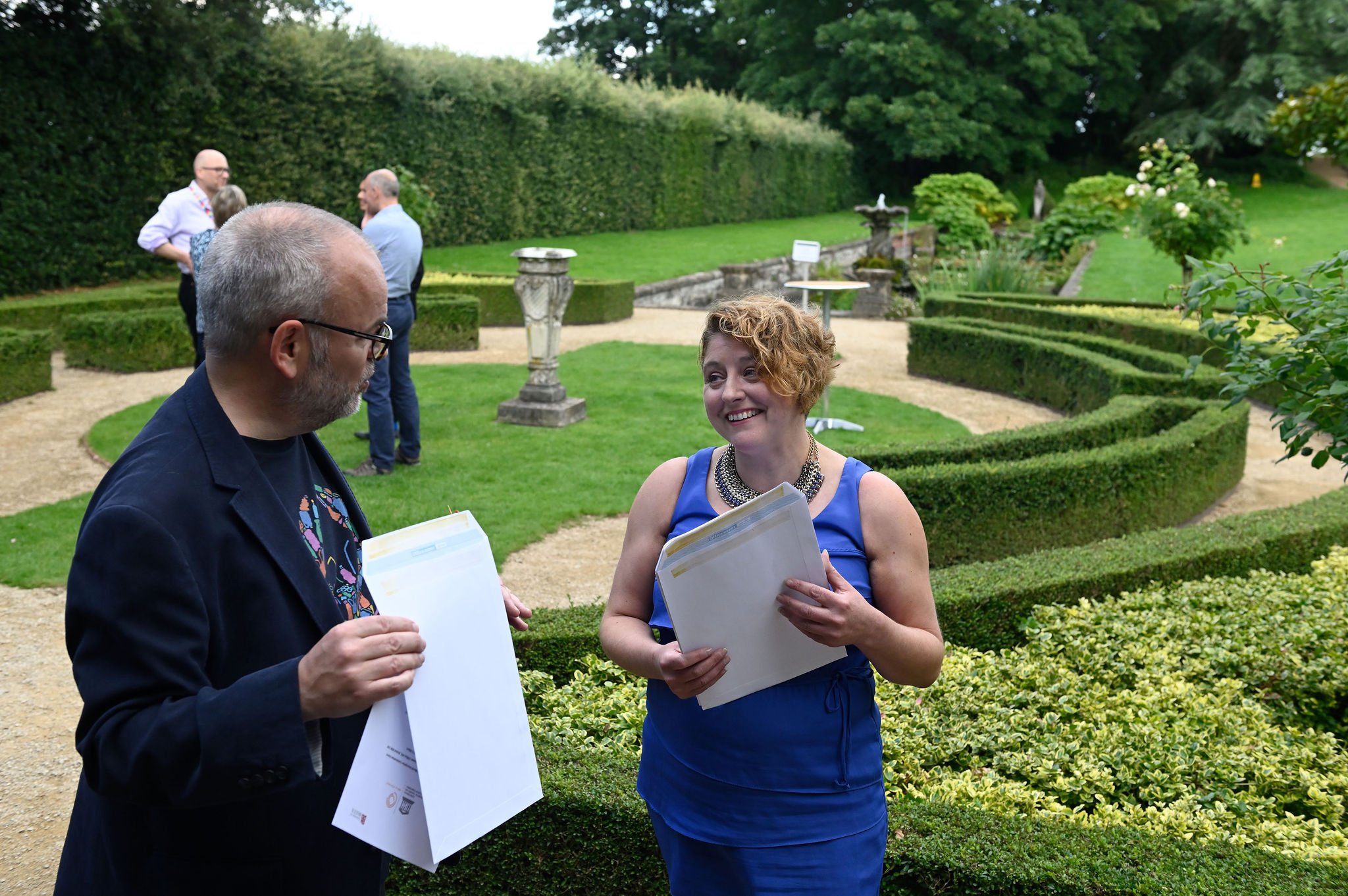


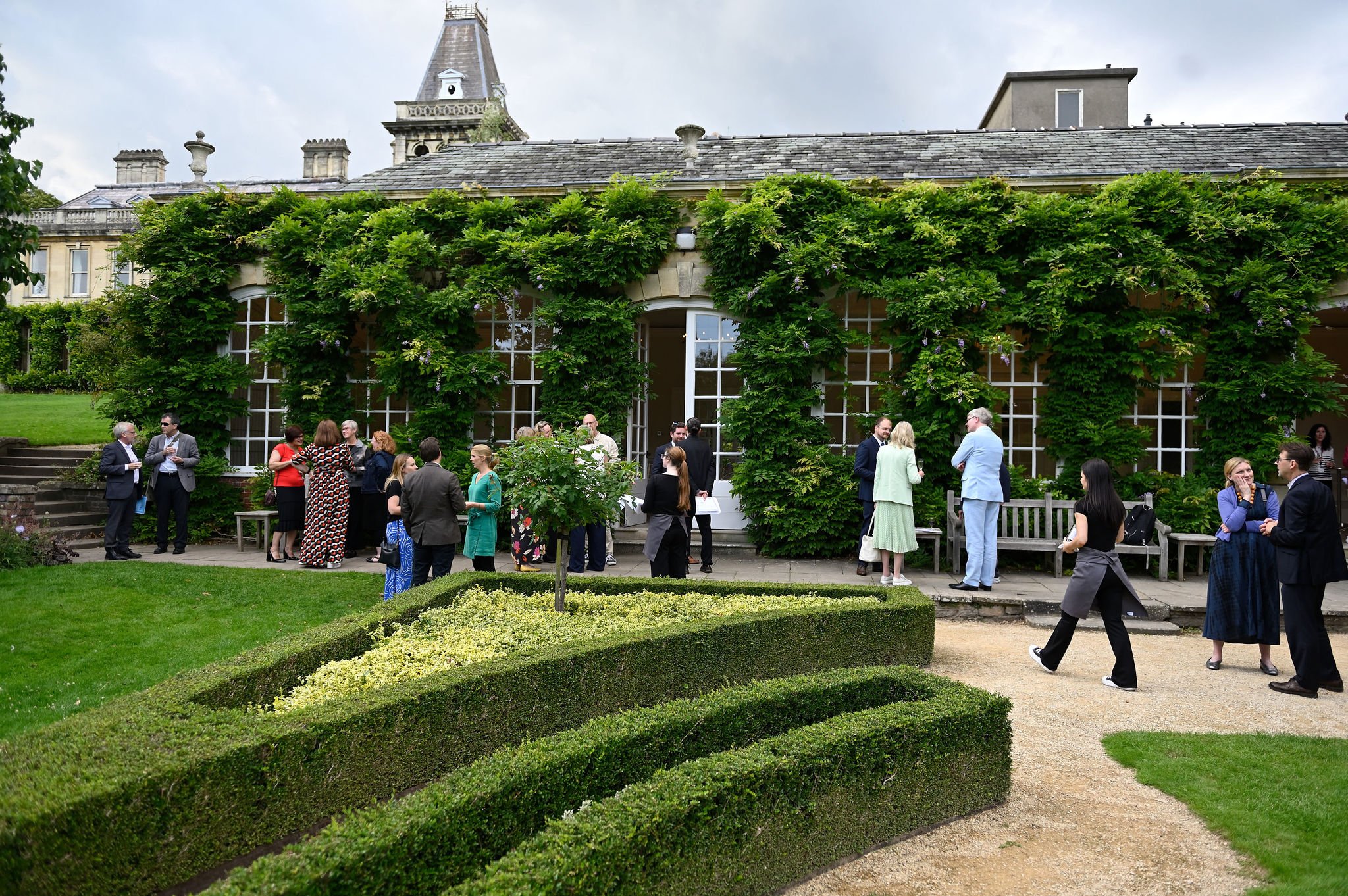
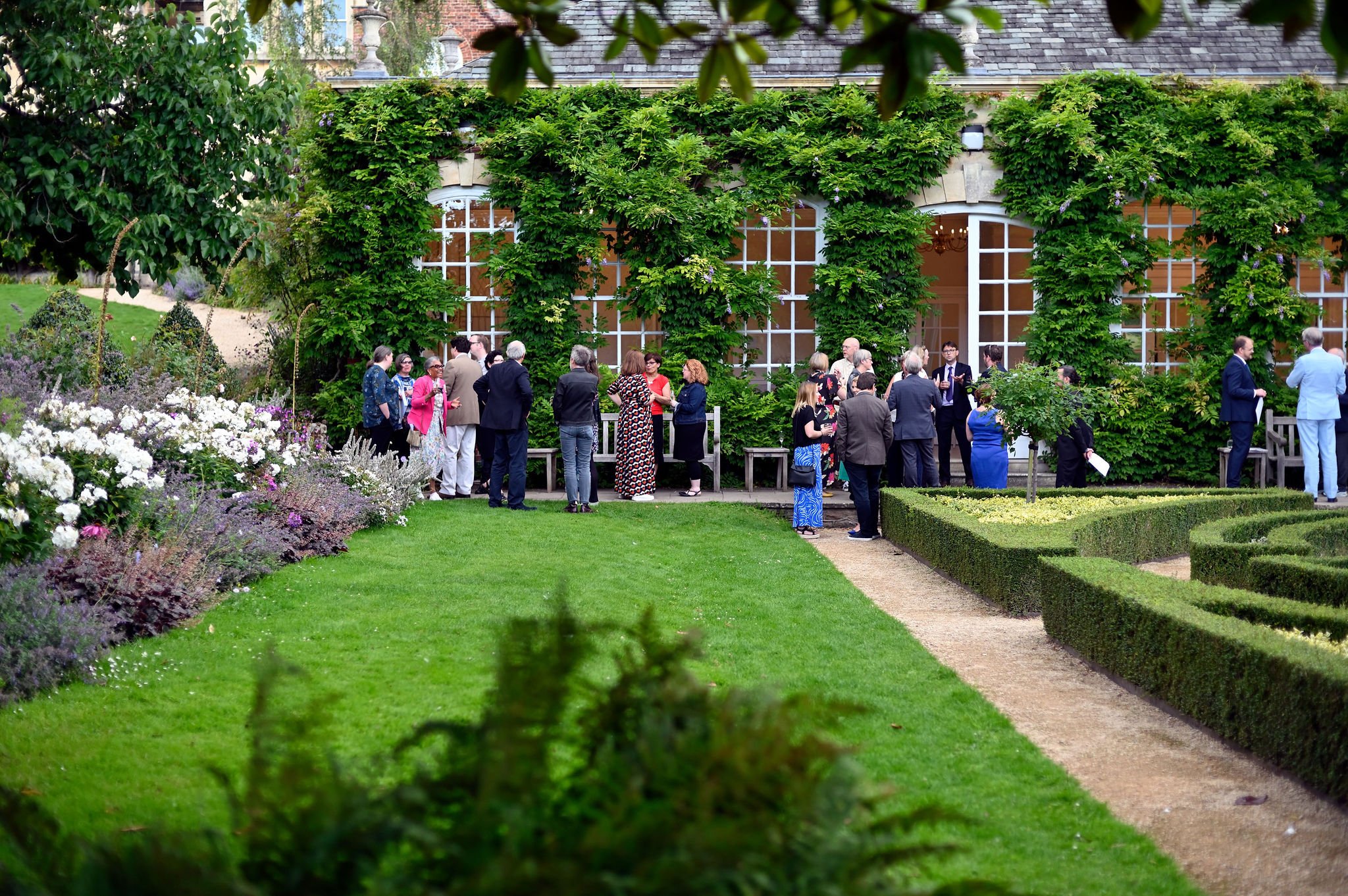

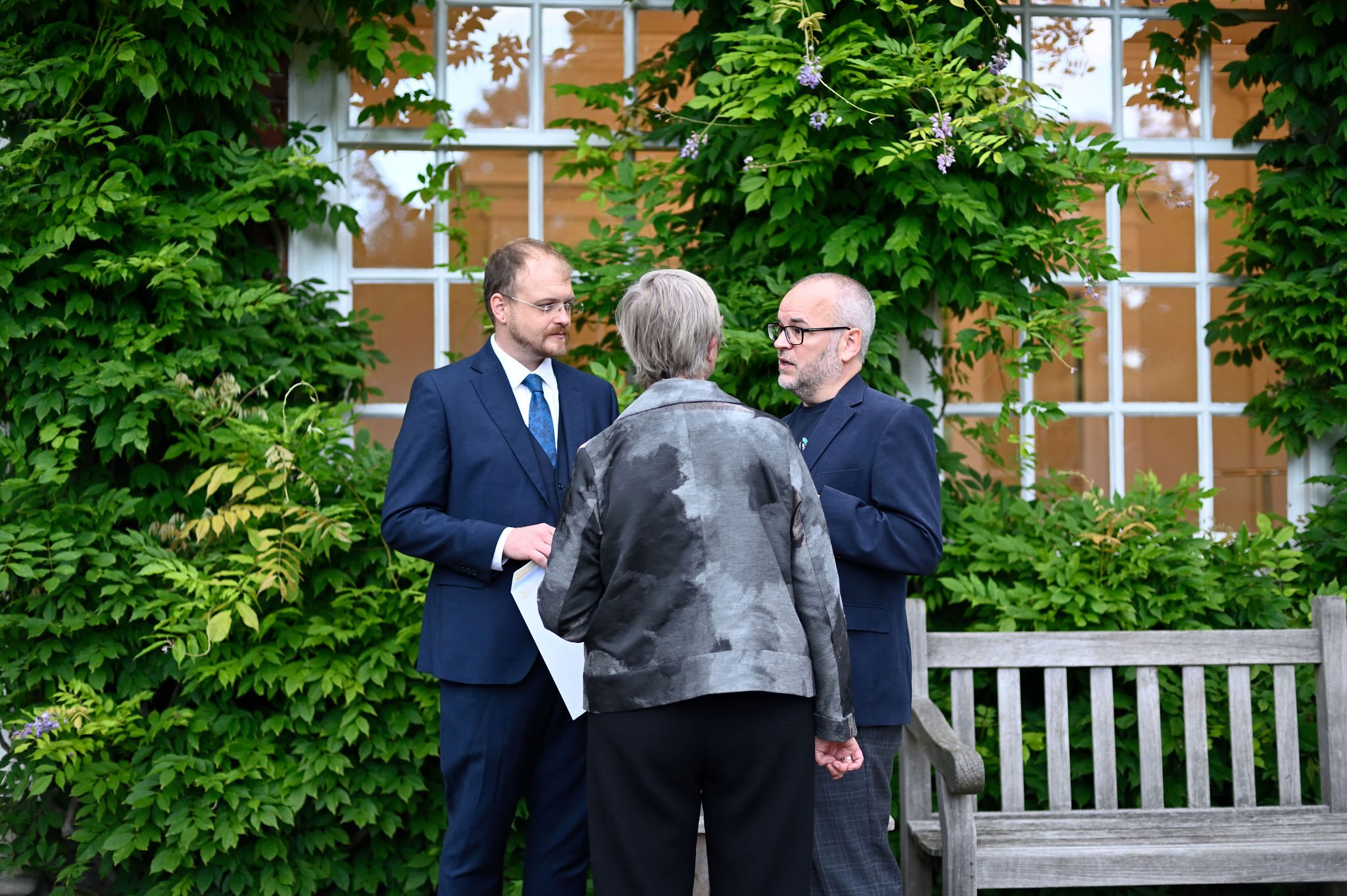
Photos from the inscription ceremony, 25th July 2023.
Significance
The significance to the UK of the nominated documentary heritage has been obvious to the scholarly community for decades, if not centuries. However, its value and even its name have, until quite recently, barely registered among the general public, prompting the British Library to declare Textus Roffensis as England’s ‘Best Hidden Treasure’ in 2007.
Since then, determined efforts by the custodian, Rochester Cathedral, have markedly raised its profile. In 2013-14, the Cathedral collaborated with the John Rylands Library, University of Manchester, in producing a high-resolution digital facsimile of Textus Roffensis, accessible through the Ryland Library website. Since 2016, the Cathedral has had Textus Roffensis on permanent display in its specially designed crypt-exhibition-space (funded by the Heritage Lottery Fund), and has produced numerous multi-media educational outputs related to it. Textus Roffensis also took its rightful place in the recent, major exhibition ‘Anglo-Saxon Kingdoms’, held at the British Library. We are submitting this application to the UNESCO UK Memory of the World Register to further the exposure and recognition of this important documentary heritage.
The manuscript known today as Textus Roffensis contains unique documentation on British medieval history, and is recognised for its particular importance to the areas of early English law and early medieval social history. Dr Rory Naismith (King’s College, London), in his review of Textus Roffensis: Law, Language, and Libraries in Early Medieval England, edited by Barbara Bombi and Bruce O’Brien, refers to Textus Roffensis as ‘a critically important manuscript’, and continues to praise the collection of essays on Textus Roffensis as ‘a valuable addition to the arsenal of any scholar interested in law and society of Anglo-Saxon and Anglo-Norman England’ (The Medieval Review, 16.10.05). The significance of Textus Roffensis beyond what might be called ‘English’ law and society is also clearly evident, since the histories and frontiers of both Wales and Scotland are deeply intertwined with the history of England, during both the so-called ‘Anglo-Saxon’ and Anglo-Norman periods of English history of which Naismith makes mention.
To take Scotland as an example, the kingdom of Northumbria included not only areas of modern-day England but parts of modern-day southern Scotland, making the tenth-century Norðleoda Laga (‘laws of the north peoples/Northumbrians’), preserved in Textus Roffensis, especially relevant to Scottish history. Likewise, the sets of laws issued by King Æthelstan (r. as king of a unified England from 927-39), three of which are unique to Textus Roffensis, can be understood as touching the lives of peoples who lived in parts of modern-day Scotland, since the Scotland under Constantine II (r. 900-943) came under the hegemony of this first King of England.
Looking at Wales, the identity of the wilisc men who appear in the aforementioned Norðleoda Laga seems most likely to be that of Britons, or ‘Welsh’ men, who, as these laws make clear, had gained a status of relative autonomy within Northumbrian society. This snapshot of culture in England in the mid tenth century clearly points to the content in Textus Roffensis being relevant to the UK as a whole, not solely to England.
In terms of uniqueness, it is important to emphasise those laws within the Textus Roffensis collection that are written in Old English rather than Latin. Of the 35 texts that can be classified as ‘laws’ (using as a basis for definition the list of texts given in the online resource Early English Laws; see the bibliography), 27 are written in Old English, 13 of which are unique to Textus Roffensis.
This makes the collection of Old English laws within the nominated documentary heritage the largest of all such collections. The only other collection of Old English laws that is comparable in size is found in the manuscript Cambridge, Corpus Christi College 383: Cambridge, Corpus Christi College, 383 - The Production and Use of English Manuscripts: 1060 to 1220. This contains 24 Old English laws, 16 of which overlap with Textus Roffensis.
What makes both collections special, and nationally significant, is that they each contain unique copies of early English laws, though Textus Roffensis has 13 unique Old English law texts compared to seven in the Cambridge collection. However, the special significance of Textus Roffensis lies in the fact that it alone contains the three Kentish Laws, including Æthelberht’s law code (c. 600). These particular law-codes mark the very beginning of the evolution of written English law in the seventh century and as such provide us with unique documentary evidence for legal and social structures within seventh-century Britain. Without these the evidence for seventh-century British, not just English, history would be significantly impoverished.
Furthermore, Æthelberht’s law code in Textus Roffensis is not only the sole surviving copy of the earliest English law but also the earliest datable work written in English. Its cultural significance, therefore, goes beyond the legal, as important as that is, signifying as it does the birth of English on the written page. The potential for this to resonate both emotionally and spiritually with many of those who speak and read English today is clear. It is an irreplaceable text.
We might summarise the uniqueness and irreplaceability of the nominated documentary heritage by simply stating that it contains thirteen nationally important texts relating to English and British law and society that are not found anywhere else. In terms of UK and world heritage, it is vital their content is brought to a wider audience.
The application to the UNESCO UK Memory of the World UK register submitted in early 2022 was prepared by Dr Christopher Monk and Exhibition Assistant Jacob Scott.
Find out more about the most exceptional item in the Cathedral collections comprising over 170 texts from the 8th to the 14th centuries.
Explore the legal codes in Textus from the 7th to the 12th centuries, many now available online for the first time.








